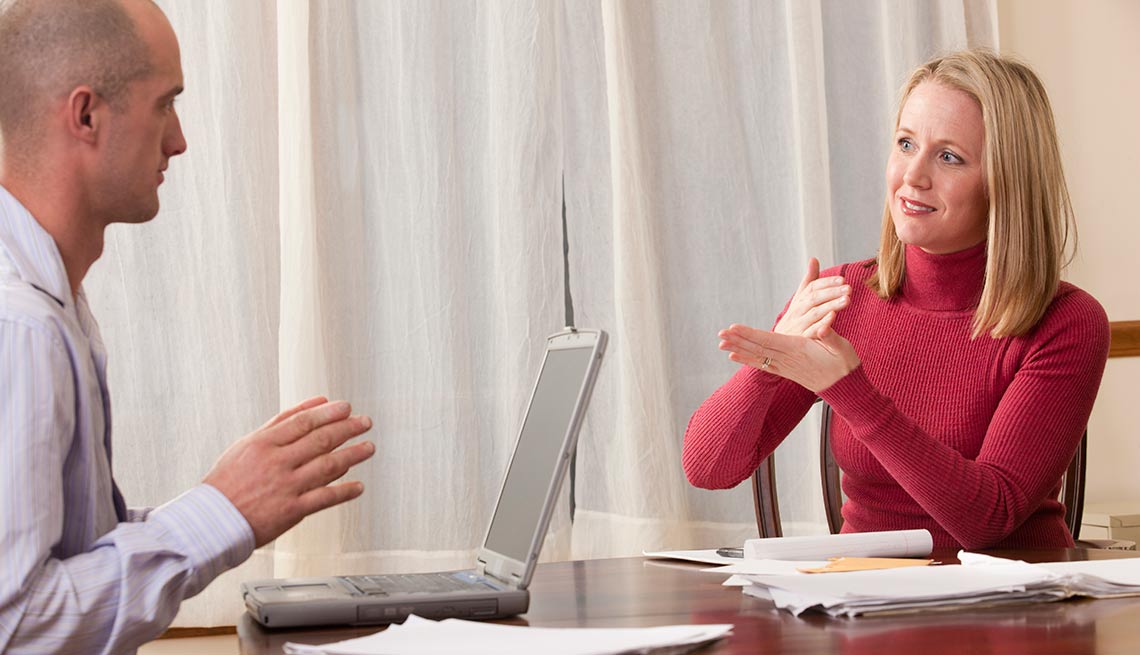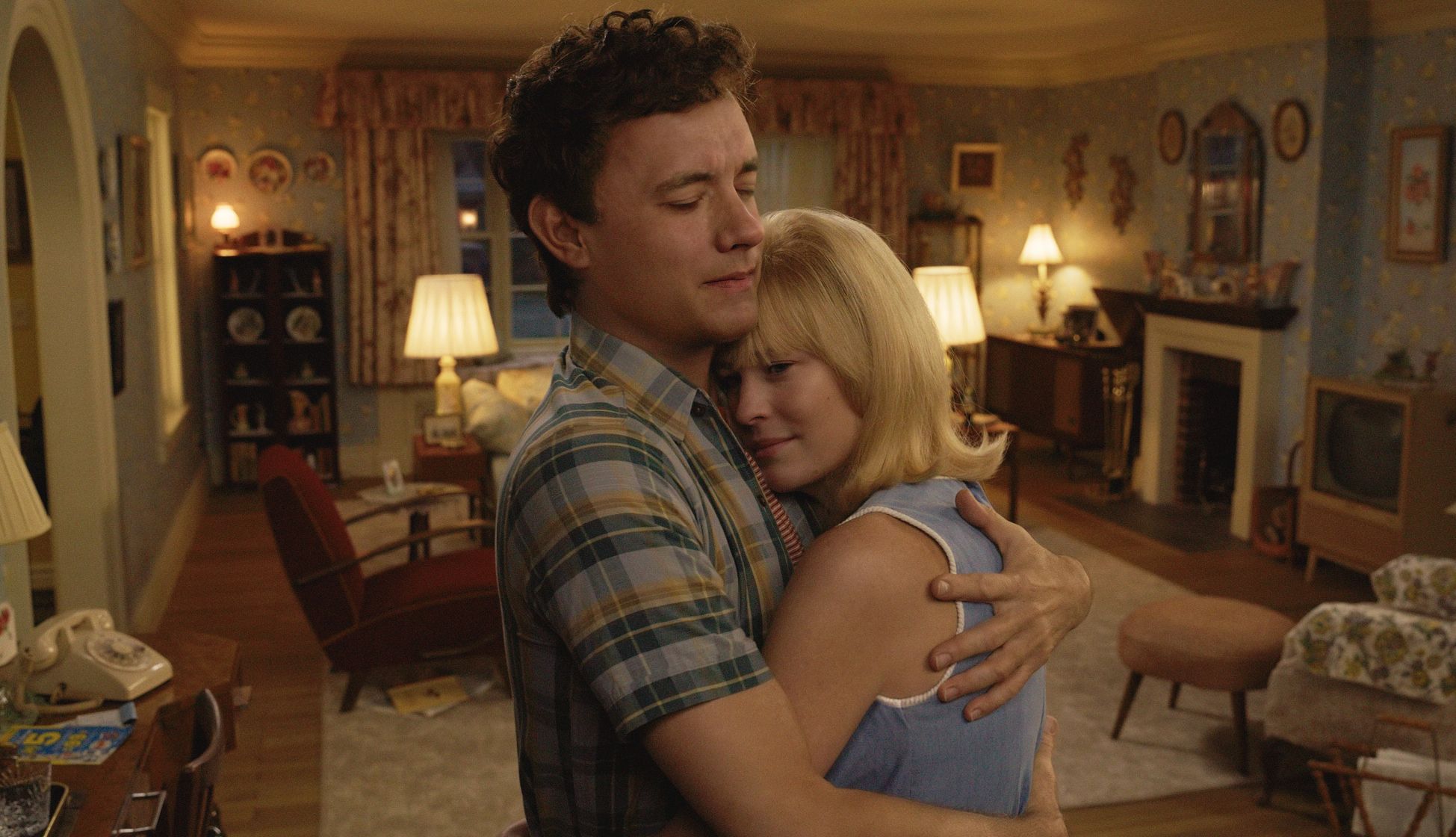
- Select a language for the TTS:
- UK English Female
- UK English Male
- US English Female
- US English Male
- Australian Female
- Australian Male
- Language selected: (auto detect) - EN
Play all audios:
The technology that gets people most excited is induction looping. (Here's a short video about it.) This, too, works through the venue's regular sound system, and the sound quality
is often excellent. It consists of a wire run around the perimeter of a room that transmits a signal, again wirelessly, to the audience member's own hearing aid or cochlear implant,
set to the telecoil setting. If a hearing aid does not have a telecoil, or the user doesn't have hearing aids, headsets similar to those used for FM devices can be worn. Sometimes
hearing people use them, just to hear better. For some, the best option is captioning. This can be open captioning on a shared screen, similar to the captions on your television or subtitles
on a movie. Or it can be closed captioning, sent to your personal device (an iPhone or iPad) or one provided by a theater. Generally this kind of captioning, called CART, which I described
in some detail a few months ago, is live. Scripts can also be scanned or typed into a new device being tested by Globetitles. It sends prescreened captions to personal devices, including
computer and television screens, tablets and smartphones. The captions appear as red type on a black background, so they don't bother others. You can see a sample by clicking on the
Globetitles link. Unfortunately, no single system fits all needs. Some think captioning serves the largest number of people. Others like looping because you don't have to do anything
except change the program on your hearing aid. Live captioning could be adapted to the kind of Sony glasses used in Regal Cinemas, or something like Google Glass could put captions right
before your eyes. Most venues will probably continue to offer one form of listening assistance (or none). But if that assistance does not serve a person with a hearing disability when
another type of assistance would, that person can bring a lawsuit under the ADA. As Lise Hamlin, the Hearing Loss of America Association's director of public policy and state
development, emailed me in a discussion about accessibility: "You might be able to make a case for both a listening system and captioning under the ADA. The relevant phrase is
'effective communication.' The key is providing effective communication to each person who needs it. If even one person is denied effective communication, they can file a
claim." Most of us don't want to get involved in a lengthy lawsuit — we just want to understand the play or the sermon or the mayor's announcement or the community meeting or
the visiting candidate. Is that so much to ask?







